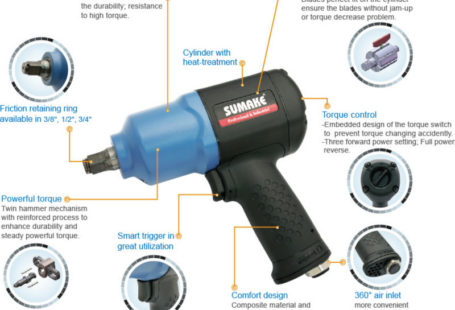Controlling with cylinders, pneumatic motors, compressed air machines – a technology that has been proven to withstand the test of time and is used in all branches of industry to this day.
Pneumatic applications are used in most factories around the world and their performance requirements and parameters can vary greatly depending on the application.
Engineers, when designing or developing pneumatic systems, focus on such things as system function, system size, power consumption, capacity and the amount of air they will be able to provide us with.
Regardless of what the appropriate air preparation is used, it is essential.

The first step in building an efficient pneumatic system is to filter out contaminants that interfere with the operation and shorten the system’s service life, which costs money.
The removal of liquid water does not remove water vapour from the air. To do this, we need an air dryer. There are three types of dehumidifiers; cold regenerated cold adsorption dehumidifier, cold regenerated dehumidifier and membrane dehumidifier, different drying possibilities and the costs associated with it. air treatment plant
For more information on air dryers, please visit our website https://www.e-pneumatic.com/air-preparation.html. Keep in mind that dehumidifiers will be exposed if liquid water, oil or any emulsion enters them, so they should always be used in combination with air filters and air coolers.
Most standard air filters remove 40um thick particles. Filtration of fine particles (10 to 25 um) is required for high speed pneumatic tools and filtration of less than 10 micrometers is necessary for air bearings and miniature pneumatic motors.
For tasks such as spray painting, diverter air, food air, it is required that the filter removes particles of less than 1 um.

Generally, it is not recommended to provide more accurate filtration than necessary, as filters absorb dirt faster and clog faster. If necessary, we recommend using standard air filters as pre-filters to prevent large particles from entering high-performance parts.
Aerozoles – small particles between 0.01 um and 1 um – can only be removed by coalescing filters. They are usually evaluated by the amount of air that can process at a given level of purity, normally the maximum remaining oil amount of 0.01 ppm in the exhaust air.
The flow rate, which exceeds this will not only increase the pressure drop in the device (which leads to increased energy costs), but also the remaining oil content in the installation will increase.
Once all impurities have been removed, we can then determine the degree of air purity for each machine or component. Using a correct filter in the right place will allow us to minimize energy and maintenance costs.
Always determine the air volume at each stage of the installation to prevent improperly positioned filters, as poorly selected filters are often the cause of high energy costs.



